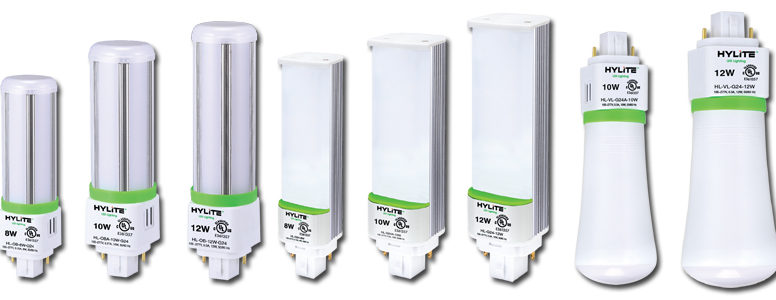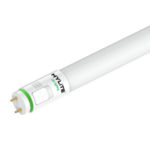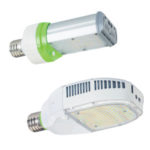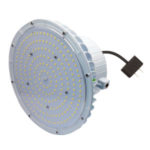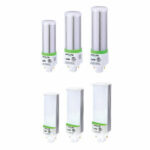What Is a CFL Ballast?
Ballasts are a staple of the fluorescent lighting world, but many property managers and owners are surprised to learn that their CFL bulbs also use ballasts. CFL ballasts can make upgrading to LED lighting more challenging, so understanding how they work is important. Here is a closer look at how a ballast works and why it is needed for a CFL bulb.
How a Ballast Works
Fluorescent lighting uses a ballast to control the current running to the lamp. This allows the lamp to receive sufficient voltage to start up, while then lowering the voltage to ensure that the lamp does not overheat and burn out. In other words, when the lamp is switched on, the ballast delivers a quick surge of high voltage power to start the arc between the lamp’s two electrodes, then reduces the voltage and keeps it at a steady rate to keep the lamp burning.
Many people are aware of ballasts when installing tube fluorescent lighting in commercial facilities. When the ballast is going bad, the light will flicker. However, many are not aware the compact fluorescent bulbs also use a ballast. Sine a CFL lamp is basically just a fluorescent tube rolled into a bulb shape, it uses the same technology. For the CFL lamps used in most homes, the ballast is integrated into the bulb’s design, rather than being a separate piece as is the case with the fluorescent tubes. However, for commercial properties, the ballast may be integrated into the light fixture, not the lamp.
How to Upgrade to LED Lighting with Ballast Fixtures
This creates a problem when someone wishes to upgrade to more efficient LED lighting from CFL lighting. LED lights can operate with or without a ballast.
The solution to this problem is LED plug-in lamps. These lamps are ballast compatible or ballast bypass which allows you the flexibility of converting to LED.
HyLite LED Lighting offers a full line of ballast-compatible & ballast bypass plug-in lamps that offer this benefit. Enjoy up to 69% energy savings and easier installation with the help of HyLite LED Lighting.

